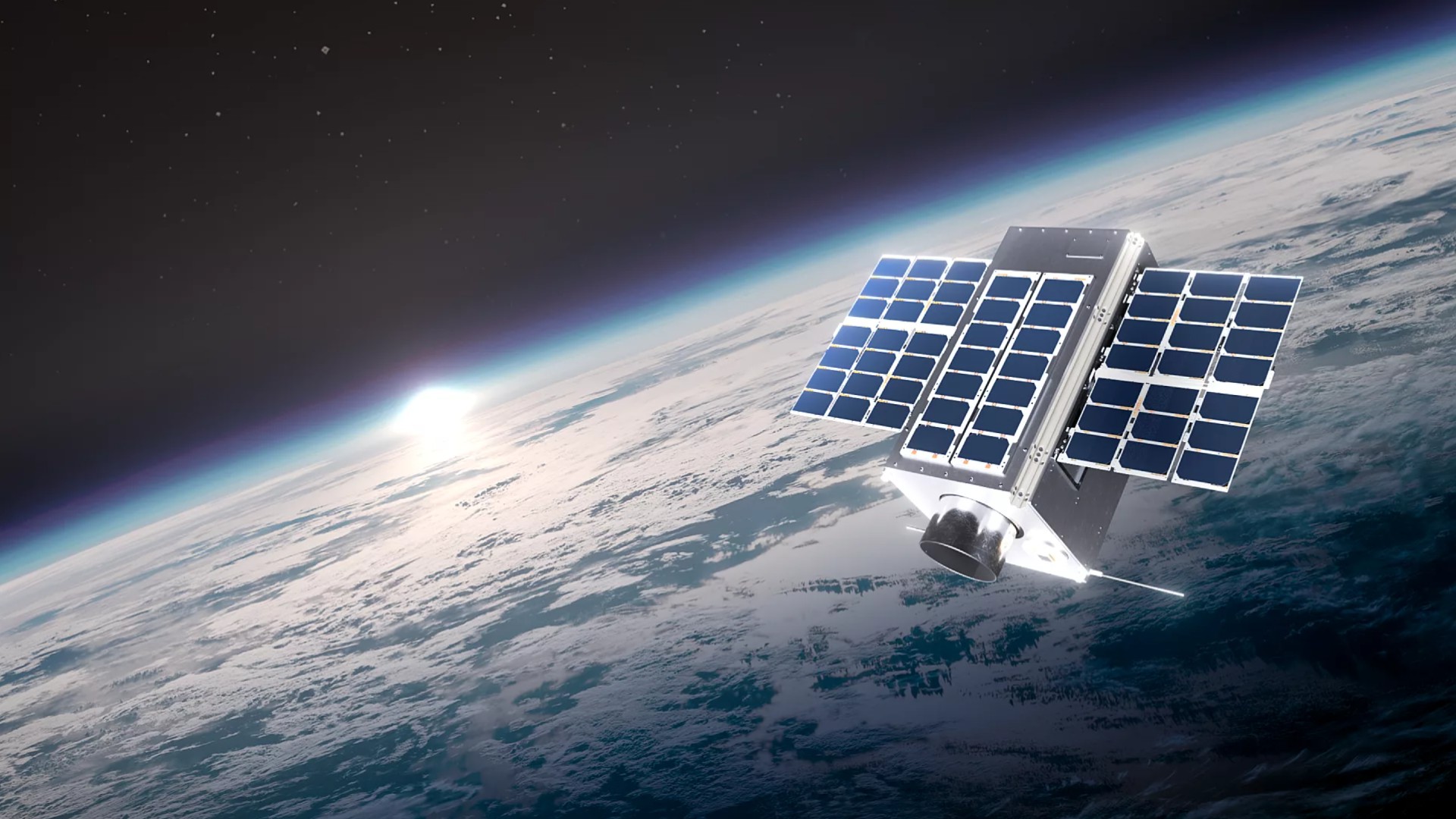Indian Rocket Launch Failure Caused By Faulty Cable

BANGALORE-A team that analyzed data from the failed launch of India'sGeostationarySatellite Launch Vehicle (GSLV) has found the primary cause of the Dec.25mishap was the "untimely and inadvertent snapping" of a group of 10connectors located at the bottom of the rocket's Russian supplied upperstage.
TheIndianSpace Research Organisation (ISRO) said in a Dec. 31 statement that thevehicle's performance was normal up to 47.5 seconds after liftoff. Itthenbegan to stray from its planned orientation angle, which resulted inhigherstructural loads than the vehicle was designed to handle.
Therocket,which was carrying a telecommunications satellite, beganto break apart about 58 seconds into the flight and wasdestroyed bycommand at 64 seconds. [8Biggest Space Misfires of 2010]
ISROsaidsome of the connectors that snapped carried command signals from theonboardcomputer near the top of the vehicle to the control systems for thefour L40strap-on boosters that augment the rocket's first stage.
Theseconnectors are intended to be separated by command 292 seconds afterliftoffbut their "premature" rupture stopped the flow of control commands tothe boosters, resulting in the lossof control of the vehicle, ISRO said.
"Theexact cause of snapping of the set of connectors ? whether due toexternalforces like vibration or dynamic pressure ? is to be analyzed furtherandpin-pointed," ISRO said.
Thestatement said ISRO has formed a committee to carry out an in-depthanalysis ofthe failed flight as well as of the previous six GSLV missions andrecommendcorrective actions. The committee is chaired by G. Madhavan Nair,formerchairman of ISRO, and has 11 experts drawn from within and outsideISRO.
Breaking space news, the latest updates on rocket launches, skywatching events and more!
ISROalsohas created a panel led by K. Kasturirangan, also a former ISROchairman, tolook into the futureof the GSLV program and the vehicle's reliability forupcoming missionsincluding the Chandrayaan-2 mission to the moon, which is slated forlaunch in2013.
ISROplansto complete these reviews by the end of February, the statement said.
Allbut oneof the GSLV?s flights to date have used a Russian-built cryogenic upperstage,but only one of those engines remains. ISRO has developed its owncryogenicupper stage, but that engine failed in its debut mission earlier in2010.
- LostIn Space: 8 Biggest Space Misfires of 2010
- IndianRocket Explodes After Launch
- IndiaPlans Moon Mission Sequel, Like China
Thisarticle was provided by SpaceNews, dedicated to covering all aspects ofthe space industry.
Dr. Killugudi S. Jayaraman holds a PhD in nuclear physics from the University of Maryland and a master’s degree in journalism from the Medill School of Journalism at Northwestern University. According to the Biotech Times, Dr. Jayaraman played a critical role in Indian science journalism, placing Indian science on a global platform. He was the first Science Editor of the Press Trust of India (PTI), editor of Nature India and Science Editor with IANS. His work can be found in many Indian and international publications.
